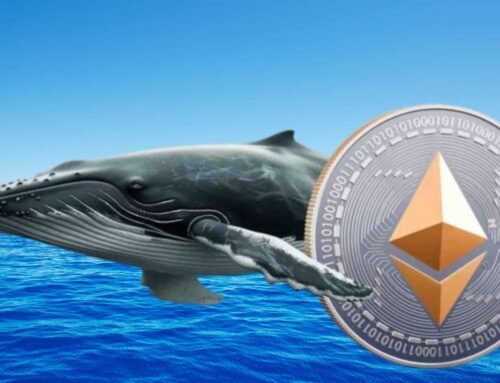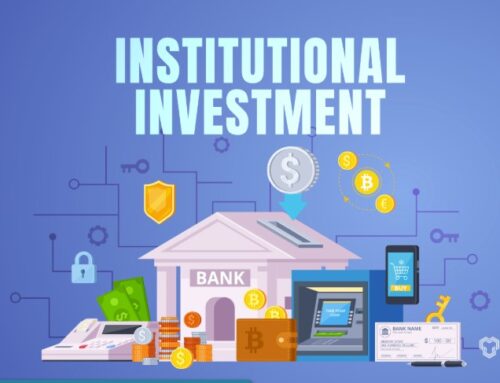Elon Musk’s ‘hyperloop’ idea takes next step
December 21, 2014
If it were up to Tesla and Space-X founder Elon Musk, California would be ditching its pricey high-speed rail for a system that resembles the tubes at a bank’s drive-through. VPC
LOS ANGELES — Enthusiasts behind Elon Musk’s “hyperloop” proposal — an intercity tube that speeds passengers riding in capsules at 600 miles per hour — have taken the next step, producing a report outlying some of the big issues around the project.
Hyperloop Transportation Technologies’ 76-page report focuses issues surrounding a system that could connect San Francisco with Los Angeles. The report says, however, that there are many city pairs around the world that would be candidates for a hyperloop.
The 400-plus-mile trip would take less than an hour, compared to more than six hours of driving. The goal is to keep the ticket price in the $20 to $30 range, although the report points out that at total cost estimates of $16 billion, they could go higher. Still, it says, hyperloop would be a bargain compared to alternatives. “If this same overall price point were preserved for other city pairings, it could dramatically change the way people live and work in cities,” the report says.
Musk, CEO of electric car maker Tesla Motors and rocket producer Space Exploration Technologies, or SpaceX, announced the hyperloop project last year, although he hasn’t talked about it much since.
Basically, the system would work like those old pneumatic tubes that were used to move messages using air pressure in banks, newspaper offices and other buildings in the mid-20th century. “The Hyperloop design uses a combination of low air pressure and magnetic acceleration to get people from LA to SF in just about 30 minutes,” the report says. It would produce its own electricity from solar power.
But the idea is still in its infancy. The report, for instance, debates the relative merits of material for construction of the tube — fiberglass, steel or some other material.
Passengers would travel in aerodynamic pods the size of vans inside the tube. HTT envisions developing three designs — one each for luxury passengers, economy economy passengers and freight. One issue: bathrooms. Designers are still wrestling with how to let passengers relieve themselves en route — or whether the trips would be short enough that they could go without lavatories.
HTT estimates that the cost of the system would be $20 million to $45 million a mile, as contrast from what it says are costs of up to $200 million a mile for conventional mass transportation system. Gov. Edmund G. “Jerry” Brown has backed construction of high-speed rail between the cities, a system approved by voters, but cost concerns remain.
HTT says there are about 100 people working on the hyperloop project — and it invites more discussion.
Search
RECENT PRESS RELEASES
Related Post




